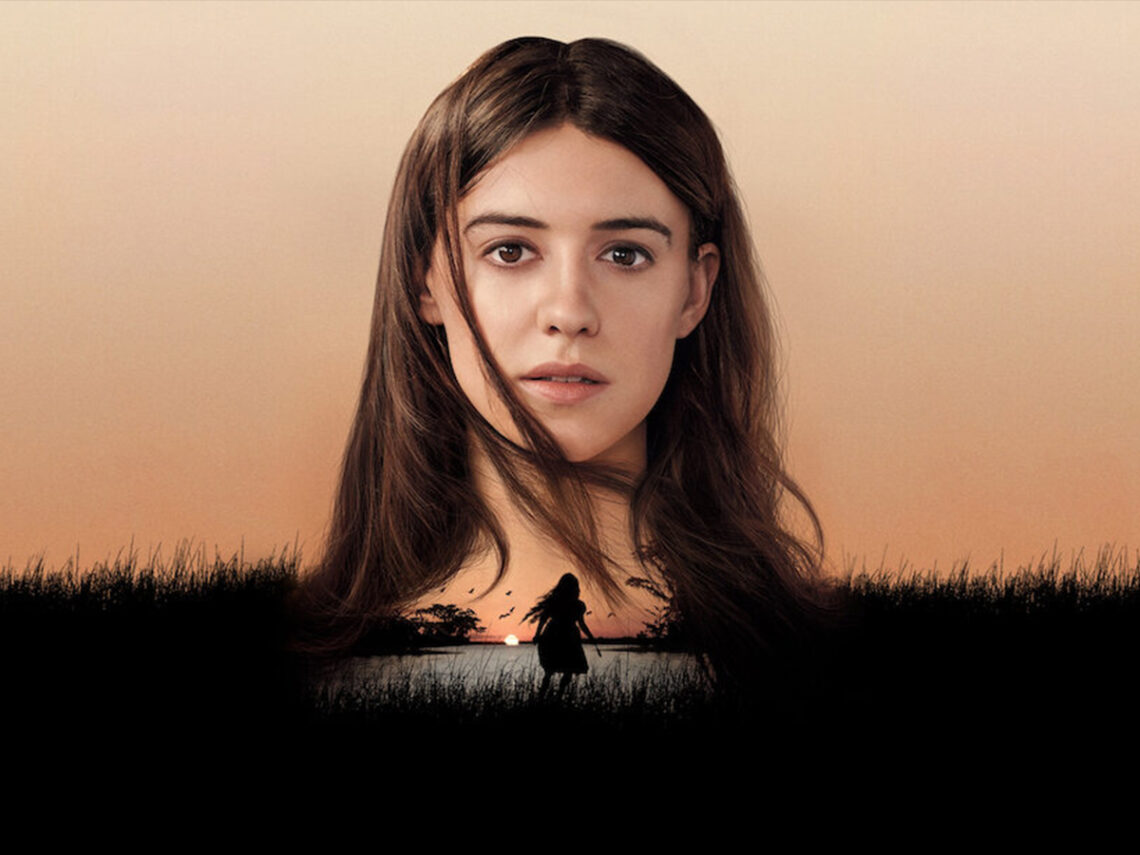
The biggest changes between ‘Where the Crawdads Sing’ movie and book
Making movies out of books is all the rage nowadays for producers, with Where the Crawdads Sing becoming another addition in 2022 to the ever-growing list of adaptations. The original written by Delia Owens went viral on BookTok in no time for its gripping plot and captivating characters. Soon enough, it caught the eye of a famously avid reader, Reese Witherspoon, who went on to produce the film version.
Despite having a readymade basis for a script and characters, book-to-film adaptations are one of the trickiest codes to crack for filmmakers simply because they already have a loyal fan base that is very protective of the work. These fans sometimes claim to understand the characters better than their own siblings, as they are so attached. They have their own imagined representation of each character, with many even having theories about subplots existing within. Readers often form a deep attachment to a book in terms of emotional investment.
So when the creators issue some creative liberties and play around with elements of the story, it can risk disappointment. While sometimes the adaptations garner immense love from the existing fanbase, even to the point of creating their own following, often they are heavily criticised. But at the end of the day, an adaptation, by its very definition, justifies the implementation of the creative choices as the source material may serve just as an inspiration.
Where the Crawdads Sing, the film, revolves around Kya, an unsociable woman who had a secluded upbringing after being abandoned by her family. Kya finds herself stuck in an investigation as the prime suspect when the town’s VIP is murdered. The adaptation cast Daisy Edgar-Jones to play Kya, who has previously starred in two popular adaptations, the deeply beloved Normal People and Under the Banner of Heaven. The film garnered a lot of praise from viewers who had not read it, especially for its impeccable performances. However, despite a strong cast, it failed to impress the fan base of the book.
Looking at some of the major changes between the two, implemented by the makers, could explain this lukewarm reception.
Lack of attention to Kya’s Childhood
The first major change was in the way it portrays the protagonist’s childhood. A very important aspect of the novel is that it devotes many chapters to deeply exploring the protagonist’s childhood. Her parents and siblings are written as complex characters, with their choices exerting a profound impact on Kya. However, the film treats it as a touch-and-go subject, barely getting into the details of her family and upbringing. It does not even leave space to build this context, making Kya’s character appear one-dimensional and a mere tool to progress the story.
Dramatisation of Kya’s heartbreak
The novel and the film show Kya with two love interests, Tate and Chase. In the novel, her relationship with Chase is more sensitively portrayed as hidden from the public eye, where she eventually finds out about his engagement through an announcement in the local paper. This builds on the solitary nature of her character.
However, the film does not follow the same direction. Instead, it takes a more dramatic approach by revealing his engagement in a more public manner. This occurs when Kya encounters him with his friends, one of whom is introduced as his fiancée. Her public humiliation is used to dramatise her relationship and character, which bothered many readers who viewed it.
The purpose of her career
Kya is deeply passionate about literature, both in the film and the book. It even serves as a bonding experience between her and Tate. She writes and draws about the marsh and its nature as it surrounds her. In the book, after Tate returns from college, he shares a list of publishers who may be interested in her work as a gesture of reconciliation.
In contrast, the film sees Tate offering this list before he leaves for college, which Kya initially refuses to see until in desperate need for money. So instead of publishing her stories to share her perspective with everyone, as per the original motive, she publishes to earn her survival. This takes away an important aspect of her characterisation and paints her as an opportunist.
Final reveal
While the movie ending remains the same as the book, there is one slight difference in the manner of revelation. This comes with Tate, who, in the book, finds out about Kya murdering Chase through a poem by one of Kya’s favourite poets alongside the latter’s missing necklace. The film, on the other hand, takes the poetic metaphor out of the story and replaces it with sketches of Tate, Kya and Chase. This once again erases her passion for literature and the depth of her relationship with Tate.